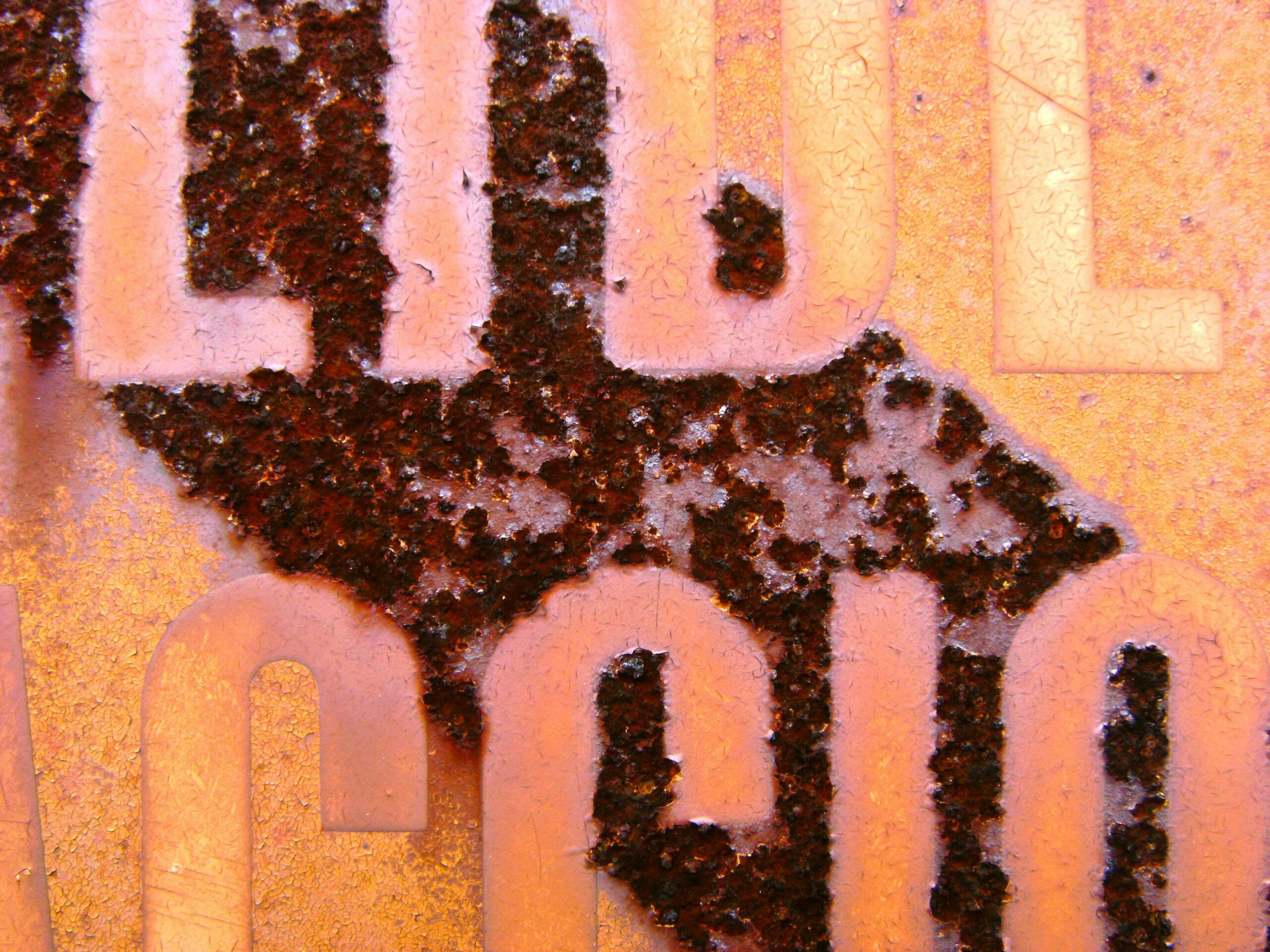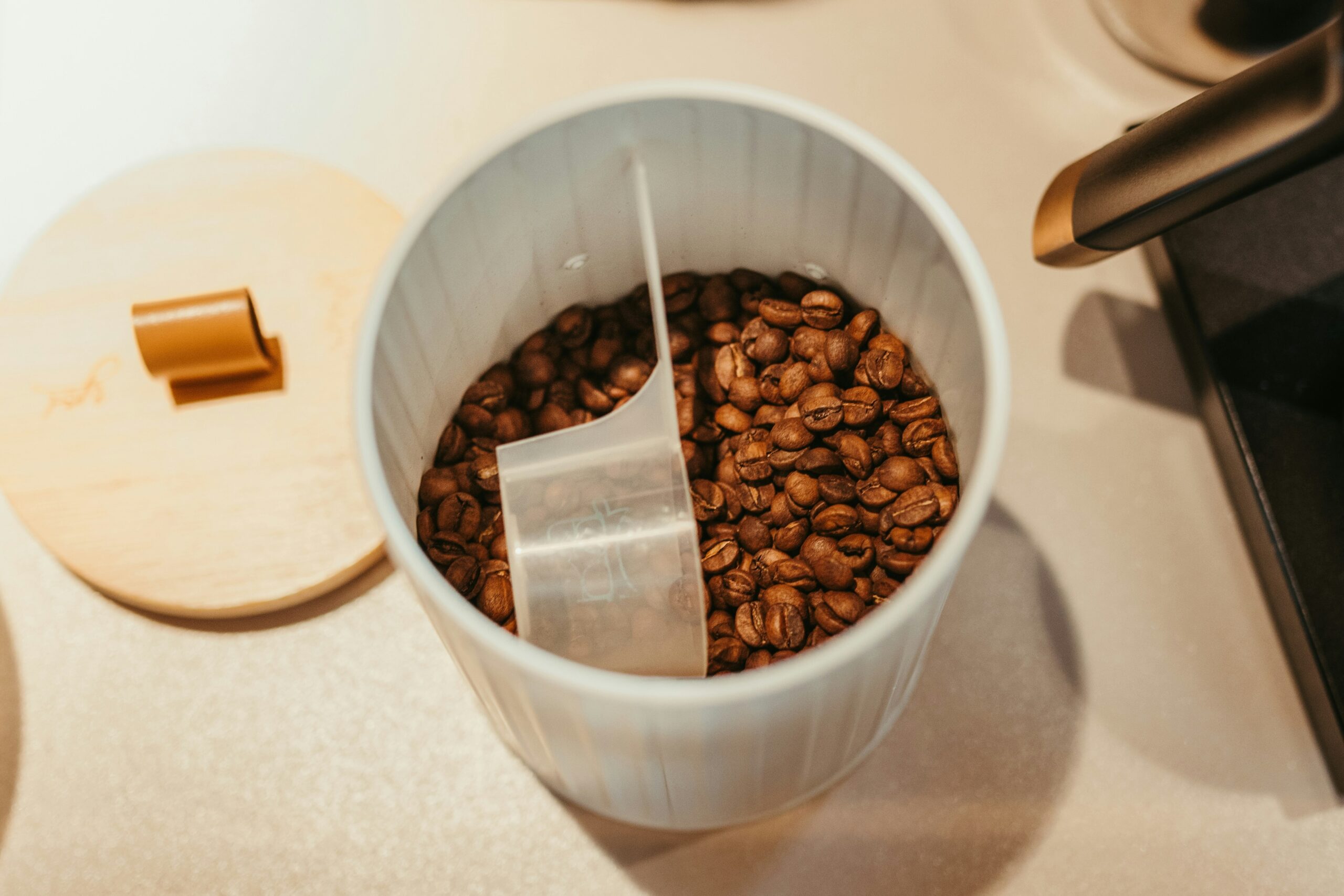Ever noticed a funky smell wafting from your smart coffee maker? Like burnt rubber mixed with regret? Yeah, that’s not just “your imagination.” In fact, studies show that neglected coffee makers can harbor more bacteria than your toilet seat. *Pause and shudder.* If you’re tired of ruining your morning brew with mystery flavors (and possibly hazardous slime), we’ve got the solution.
This guide dives deep into why coffee maker cleaning isn’t optional—it’s essential—and how to sanitize your smart coffee maker like a pro. You’ll learn the shocking truth about dirty machines, step-by-step cleaning hacks, and even some “DO NOT TRY THIS AT HOME” tips. Oh, and there might be a haiku or two waiting for you at the end. Let’s go!
Table of Contents
- Key Takeaways
- Why Coffee Maker Cleaning Matters
- Step-by-Step Guide to Cleaning Your Smart Coffee Maker
- Best Practices for Keeping It Clean
- Real-Life Lessons: A Sticky Disaster Story
- Frequently Asked Questions
- Conclusion
Key Takeaways
- Your smart coffee maker is a breeding ground for bacteria if left uncleaned.
- Clean it every 30 uses—or weekly—to maintain optimal performance.
- Vinegar and water are your best friends when it comes to natural cleaning methods.
- Avoid abrasive cleaners or soaking electrical components—this voids warranties faster than you can say “espresso.”
- Regular maintenance saves money on repairs and improves flavor.
Why Coffee Maker Cleaning Matters
Here’s a fun fact no one wants to admit: that film in your coffee pot isn’t seasoning; it’s mold. Yikes.
When minerals and oils build up inside your smart coffee maker, they create scale deposits, clog internal pipes, and leave behind rancid odors that ruin your daily caffeine fix. Worse yet, these deposits attract germs. Imagine drinking a latte brewed in something resembling a petri dish. Not exactly gourmet, right?

Grumpy Optimist Moment:
Optimist You: “Just run vinegar through once a month!”
Grumpy You: “Vinegar tastes gross—and now my kitchen smells like salad dressing.”
Fair enough. We’ll share alternatives later—but first, let’s get to the good stuff.
Step-by-Step Guide to Cleaning Your Smart Coffee Maker
Step 1: Gather Supplies
You don’t need fancy tools—just basic items like:
- White vinegar
- Baking soda
- A soft sponge or cloth
- Toothbrush (dedicated, please)
Step 2: Run a Vinegar Cycle
- Mix equal parts white vinegar and water in the reservoir.
- Run a brewing cycle without coffee grounds.
- Pour fresh water through afterward to rinse out residual vinegar smell.
Step 3: Deep Clean Removable Parts
Remove all detachable parts such as the filter basket and carafe. Soak them in warm soapy water, then scrub gently with baking soda paste for tough stains.

Best Practices for Keeping It Clean
- Daily Basis: Rinse removable parts after each use. No excuses.
- Weekly Routine: Wipe down exterior surfaces with a damp cloth.
- Monthly Maintenance: Perform a deep clean following our steps above.
Pro Tip: Use filtered water instead of tap water to reduce mineral buildup over time.
Real-Life Lessons: A Sticky Disaster Story
I once ignored my smart coffee maker for THREE MONTHS because I figured, “Eh, technology will handle itself.” Spoiler alert: It didn’t. By the time I finally opened the lid, it looked like a science experiment gone horribly wrong—moldy gunk everywhere, weird sludge coating the interior tubes, and an aroma that could clear out an entire floor of an office building.
Lesson learned: Technology doesn’t forgive neglect. Neither does your stomach.
Frequently Asked Questions
Can I use bleach to clean my coffee maker?
Nope, absolutely not. Bleach can damage internal components and leave toxic residues. Stick to safer options like vinegar or commercial coffee maker cleaners designed for this purpose.
How often should I clean my smart coffee maker?
Aim to deep clean it every 30 cycles or weekly, whichever comes first. Daily rinsing helps keep smaller messes under control.
What happens if I skip coffee maker cleaning?
Over time, mineral deposits clog the machine, leading to slower brewing speeds, poor taste, and potential malfunctions. Plus, hello, bacterial party central.
Conclusion
Cleaning your smart coffee maker isn’t glamorous, but it’s critical for keeping your mornings smooth—and germ-free. With a few simple steps (and zero bleach), you can banish bad tastes and gross smells for good. And remember, consistency beats intensity here—a little effort goes a long way.
Final Thought Haiku:
Beans, roast, grind, brew—
A clean machine makes magic.
Dirty? Just despair.
Now grab that sponge and give your trusty barista-bot the love it deserves.


